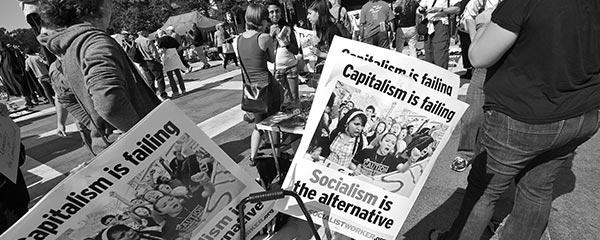PRINCETON, NJ -- Sixty-three percent of Americans describe their outlook for the United States during the next 20 years as "very optimistic" or "optimistic." Americans expressed greater optimism about the country's future near the beginning of the 1990s and 2000s, but the current level optimism exceeds that of Americans heading into the 1980s.

These results are based on a USA Today/Â鶹´«Ã½AV poll conducted Dec. 11-13, 2009.
In general, Americans are usually optimistic when asked about the future, in terms of the economy, their personal lives, or their personal financial situations. This is underscored by the fact that a majority still think good days lie ahead for the country as a whole -- even at times such as the late 1970s and today when Americans faced difficult economic situations.
However, that optimism has its limits, as 7% today say they are "very optimistic." But that is not significantly different from the 8% who were very optimistic in 2000 and 10% who were very optimistic in 1991.
Americans' optimism about the future for the U.S. seems to be colored by their political preferences. With Democrats now controlling the federal government, 77% of Democrats are optimistic about the United States over the next 20 years, but half of Republicans are optimistic. Independents fall about midway between the two groups.

This 27-percentage-point Democratic-Republican gap in optimism is much greater than what Â鶹´«Ã½AV measured in the past on this question.
-
In October 2000, near the end of Democrat Bill Clinton's presidency, 83% of Democrats and 75% of Republicans said they were optimistic about the future of the country, an 8-point party difference.
-
In 1991, when Republican George H.W. Bush was president, 85% of Republicans versus 76% of Democrats were optimistic about the future of the United States, a 9-point difference.
-
In 1979 -- when a bare majority of Americans were optimistic about the future under Democratic President Jimmy Carter -- the party gap was 7 points (59% Republican versus 52% Democrat). Republicans were more optimistic at that time even though Democrats occupied the White House and had the majority in both houses of Congress.
It is possible that the larger partisan gap today could reflect a lack of consensus among Americans as to whether conditions in the country right now are generally improving. Americans were much more likely to say they were satisfied with the way things were going in the United States in 1991 (49%) and 2000 (62%) than they are today (25%). And Americans were quite a bit more pessimistic in 1979 (12%) than they are currently.
However, Americans' increasingly partisan evaluations of the future of the U.S. are more likely another outcome of the that has occurred in the United States . The lack of a strong party difference in the 1979 data supports the idea that things are different today -- one would have expected Republicans to be especially pessimistic about the future of the country in 1979 with the country struggling under Democratic control.
In addition to political party, Americans' optimism about the future of the U.S. varies by age and household income.
Younger Americans tend to have a rosier outlook for the U.S. than older Americans. Whereas 75% of 18- to 29-year-olds say they are optimistic about the country's future, 54% of those ages 65 and older agree.

Â鶹´«Ã½AV has found similar differences by age in the past, though not to the same degree as in the current data.
Lower-income Americans express less optimism about the country's future than do middle- and upper-income Americans.

Again, the finding of less optimism among Americans residing in lower-income households has been consistent in past data on this question.
Bottom Line
Heading into a new decade, 63% of Americans are optimistic about the United States over the next 20 years. Any concern they have about the challenging economic environment the nation is still dealing with is perhaps overridden by their general tendency toward optimism. However, whether one is optimistic depends much more on their political leanings today than in the past.
Survey Methods
Results are based on telephone interviews with 1,025 national adults, aged 18 and older, conducted Dec. 11-13, 2009. For results based on the total sample of national adults, one can say with 95% confidence that the maximum margin of sampling error is ±4 percentage points.
Interviews are conducted with respondents on landline telephones (for respondents with a landline telephone) and cellular phones (for respondents who are cell phone only).
In addition to sampling error, question wording and practical difficulties in conducting surveys can introduce error or bias into the findings of public opinion polls.
